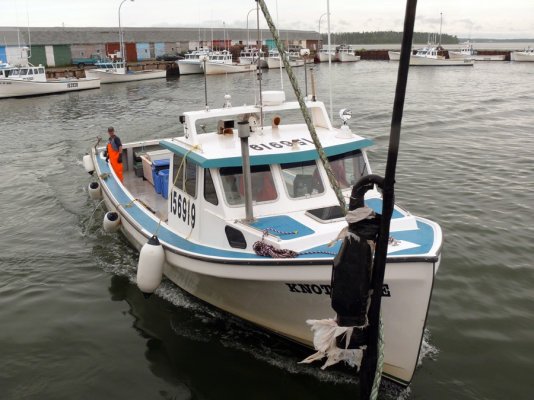Recently, actually last May, went from single screw sailboat to twin screw power boat. With the sailboat we would approach the fuel dock on the port side, come in at a slight angle and when the bow was in position, put the engine in reverse and propwalk would pull the rest of the boat against the pilings.
After spending much time on upgrades and maintenance we are ready to head out for the first time, not counting bringing the boat home. So what is the proper procedure for getting alongside a fuel dock with twin screws?
Bob
After spending much time on upgrades and maintenance we are ready to head out for the first time, not counting bringing the boat home. So what is the proper procedure for getting alongside a fuel dock with twin screws?
Bob


